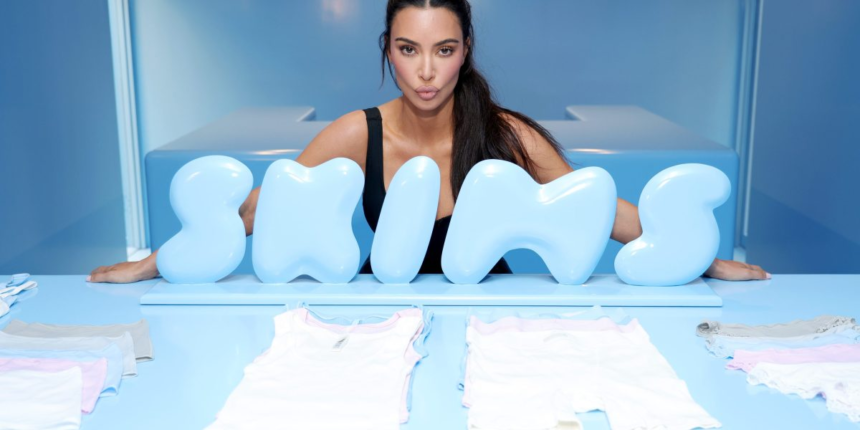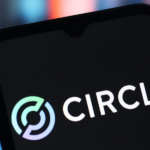As is the case with any great consumer brand, it’s difficult to completely explain the power of Skims.
But as a millennial woman, I can tell you that the grip is there. One of my best friends and I not only actively pay attention to Skims collaborations and drops, but send links back and forth in real-time. We’re deciding not if we’re buying something, but what. And on my 30th birthday, I told everyone who would listen: All I want is to sit on the beach and wear a sweatsuit Kim Kardashian made.
The best I can do to explain the essence of what makes Skims so impressive is this: It’s a triumph of aspirational marketing (cue, for example, the Dolce&Gabbana collaboration) and sleek accessibility in pricing and sizing. On the basis of its allure, I loved seeing the news drop yesterday that Skims raised $225 million at a $5 billion valuation. Goldman Sachs Alternatives led the round, and the company said that by the end of 2025, it will be on track to surpass $1 billion in net sales.
“Skims speaks to the power of a consumer product that resonates with a lot of people,” said Shamin Walsh, BAM Ventures managing director, via email. “This is entirely different from the old direct-to-consumer days where they’re buying revenue. Skims has clearly cracked a formula. If they are profitable and producing that much revenue, then it actually seems like a reasonable multiple based on the strength of the brand and the way they’re expanding.”
“Consumer never went away,” said Duda. “Consumer’s a big, honking, huge TAM to say the very least. I think narratives have shifted to decline, and even loss of respect. But if your fund size is appropriate, consumer will be back. And I get it, it became really hard for investors who don’t have the background. If you’re a general investor, consumer can be really hard to measure.”
The venture math on consumer has its complications: It’s a highly-competitive space filled with high customer acquisition costs in the early years, and the magic dust of taste-following and making. At the same time, the huge market math is undeniable at the macro level—as Duda points out, “68% of the U.S. economy is powered by consumer spending” and that “it’s a $19.8 trillion category that just became too boring for some investors.”
“There’s a reason why the largest companies in the world are consumer companies,” added BAM’s Walsh. “When something hits a powerful level of volume, especially when it’s a product that’s part of habitual behavior, such as underwear, skincare, and beverages, it’s like there’s a crazy snowball effect that takes brands to the next level.”
There have been some undeniably killer consumer exits this year—Hershey’s $750 million acquisition of organic popcorn maker LesserEvil, PepsiCo’s $1.95 billion acquisition of bright soda brand Poppi, and e.l.f. Beauty’s $1 billion acquisition of Hailey Bieber’s Rhode. (Rhode added about $52 million—roughly 17%—to its new parent’s Q2 2026 net sales, on extremely efficient marketing spending and good margins.)
All these exits are by all accounts well-run businesses that are exceedingly on-trend—for now. One reality of consumer is that it’s always a moving target, not just because tastes change, but because consumers themselves are often brand-loyalty flexible. Which is why running a highly-efficient business in the most traditional sense, is essential to success.
“82% of U.S. consumers are up to switching out brands,” said Duda. “We’re becoming less and less brand loyal. The day that consumers get rational, I’m probably out of a job! But we don’t see that changing anytime soon. The narratives will shift from time to time, but the opportunity is and always will be there.”
The willingness of consumers to switch out brands may present challenges, and there are massive opportunities for those who can find that loyalty (rare though it may be). Because there’s one thing I’m confident about: Skims and I are in it for the long haul.
See you tomorrow,









